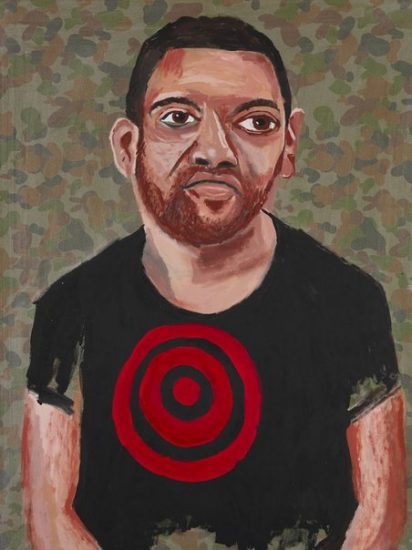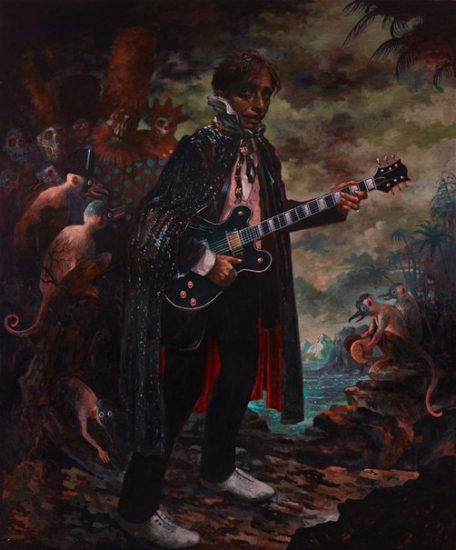
Guest blogger Eliza Underwood takes a look at the perennial problem of Australia’s most popular annual art contest…
It’s the time of year again when the [>] Archibald Prize for Portraiture comes around. A fun distraction for a lot of people, and counting by the number of punters who go through the doors at the AGNSW to see the show, it’s often most people’s only regular foray into the art world.
It is this staggering popularity that makes the show so frustrating for artists and others in the arts industry, as it is a wasted opportunity on a national scale.
How is it that one of the biggest art prizes, and certainly the most popular in the country, is selected and judged by a Board of Trustees, most of whom have no training in visual arts, who consistently pick second rate works or clearly Sydney/NSW-centric artists and sitters?
The AGNSW often tout the huge number of artists who enter the prize – and granted, a lot do – but increasingly quality artists are skipping the prize as it’s considered a lottery at best, and at worst a poorly curated exhibition of works with the odd hit but many more misses.

Anyone who watched The Archibald, the Foxtel documentary released in 2017 would have seen the Archibald selection process in all its uncomfortable spectacle. A collection of older white men (with a few women and the odd artist) seated at a long table while being presented works for their appraisal. These scenes in The Archibald were especially galling for many artists to watch. They witnessed their hard work being judged by what appears to be a group of non-experts from financial, aviation and property industries who have a misplaced confidence in their respective ability to select a high standard of works. Aside from the fact that many of the works selected are not terribly well executed or conceptually interesting, there’s a pattern of choosing Sydney/NSW-centric group of artists every year. Regardless of the quality of the works, most years see portraits either of or by a similar group of Sydney painters.
Being an artist is a tough gig. The hours are long, years are spent at university studying, the family sacrifices are many and the rewards are few and far between. That’s why it’s particularly infuriating every year to watch the spectacle of the Archibald play out.
The Archibald has the ability to make careers and to its credit, does a good job at being inclusive in relation to indigenous people, women and providing a multicultural perspective. However, the average person who knows little about the visual arts thinks that the prize shows the best of our industry, when it very obviously does not.

I understand that the AGNSW is bound by the rules laid out in the Archibald bequest that stipulates that the Trustees must select both the finalists and the winner of the Archibald Prize, so it is not clear that there is a solution to this problem. The Gallery has attempted to appoint more artists to the board, but artists aren’t of much use when it comes to fundraising for new gallery wings or buildings, so their representation is always going to be limited. One wonders if the AGNSW curators couldn’t have more input into the selection process? Or perhaps the legal terms of the bequest could be adjusted to allow more experts to be involved in the selection?
As there is no clear solution to this problem it remains an incredibly frustrating spectacle to witness every year and more importantly, a wasted opportunity for the AGNSW to educate and share work from some of our finest artists with the country.

Surely the panel of judges could have industry experts offer some guidance throughout the selection process without relieving the trustees of the final decision. There’s no doubting the talent of the small group of artists that hang as finalists year after year after year but some variety would be of interest. There are hundreds of wonderful and deserving Australian artists that don’t bother to enter these awards because they know of the forgone conclusion. Some changes are due.
they should conceal the artists’ signatures – this would at least go some way to levelling the playing field.
Well said (and politely strong).